
LPG blending
Sometimes you need to calculate LPG quantity on board of LPG gas carrier during
loading on top into ship's tanks.
To take ship's samples after every next layer is too long procedure.
How to calculate the density for the calculations of the liquid phase and the molar mass
for the calculations of vapour phase in ship's tanks after each loaded layer and
to calculate corresponding quantity in interim ullages knowing the compositions of OBQ, and
compositions of each line sample for every layer or knowing only densities and molar
masses for OBQ and each blended parcel?
Read More
Oil calculations
From time to time everybody who needs to calculate oil quantities face such problems
as calculation in different units:
either US custo-
mary units or in metric units.
Have you all successfully automated your oil quantity calculations after implementing the new ASTM D1250-2004
to calculate CTL (formerly Volume Correction Factor (VCF)) for ships and shore tanks or CTPL for flow meters and
on basis of formulas of API MPMS 11.5 published in 2009, replacing the old tables 11, 13, 52, 56, etc.?
How do you cope with a double interpolation of volumes taking in account simultaneously
measured ship's ullages, trim and / or list?
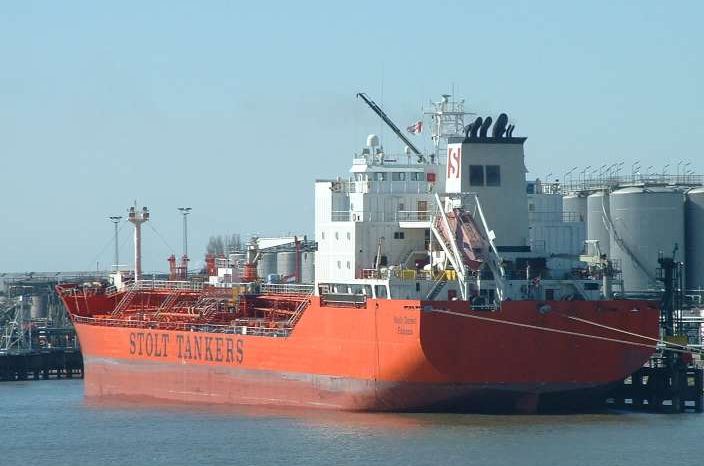
CHEMICALS
There is such a big variety of different chemicals and sometimes there is no
laboratory to carry out testing on densities and therefore there is no way to
determine density correction factors or corrections per 1 degree Celcius for
quantity calculations.
Moreover, now more often the volume correction factor used for xylenes is based
on formulas from ASTM D1555M instead of density correction factors.
And how to determine the alpha coefficient in the laboratory and to calculate quantity of chemicals using Table 54C?
How to automate quantity calculations for chemicals?

LPG, Ethylene,
Propylene CALCULATIONS
As you may know the way of quantity calculations of LPG completely changed in 2007
in comparison with the method used since 1952. Moreover, there are 2 ways of calculations in metric units
and in US customary units. And what to do, if you need to calculate the LPG quantity delivered from Europe
to the US sea port and at the shore quantity in the shore tank of the US LPG terminal must be calculated
in the US customary units?
Do you know that the British Energy Institute issued in 2012 a new standard for the calculation of shell
expansison or contraction factors which depend on the shape of the shore tank: upright cylindrical,
horisontal cylindrical, spheric or prismatic?
Do you know that the quantity calculations of ethylene or propy-
lene differ from than that of LPG?
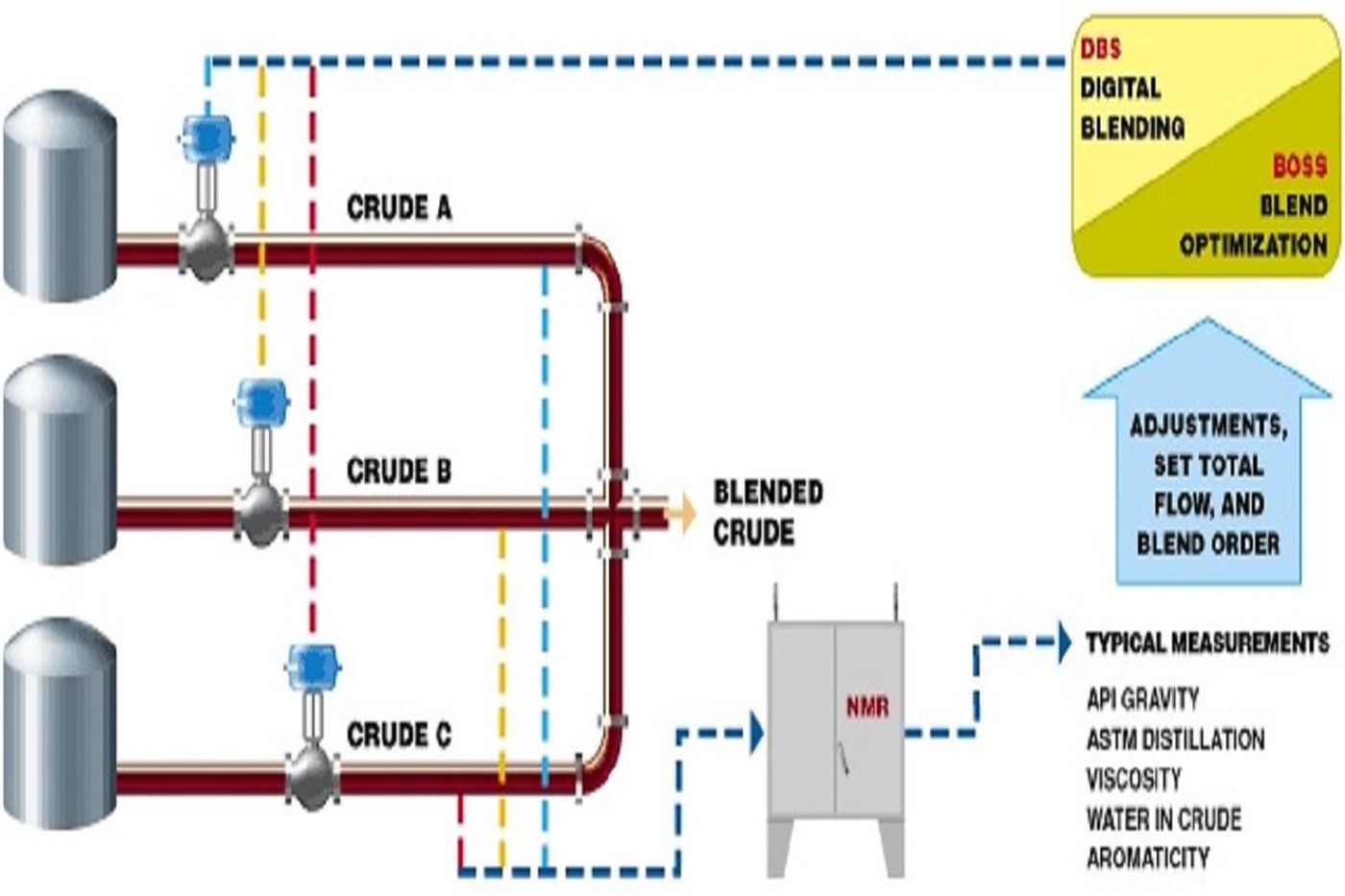
OIL BLENDING
Quite often oil traders, operators of oil trading companies of operators of oil terminals face
necessity to blend different oil products to achieve required quality specifications, for example,
Kumkol crude oil has low sulphur content, but high pour point, while Tengiz crude oil has 2.5 times
higher sulphur content, but quite low pour point. If we blend these 2 grades the quality of the blend
will be improved which will allow to handle Kumkol crude oil without heating or pour point depressants
and at the same time to get better price for the decreased sulphur content of Tengiz crude oil.
But what to do, if some quality parameters do not change linearly, such as pour point, flash point and
viscosity?
How to calculate in this case the required ratio for blending and the price of the blend?
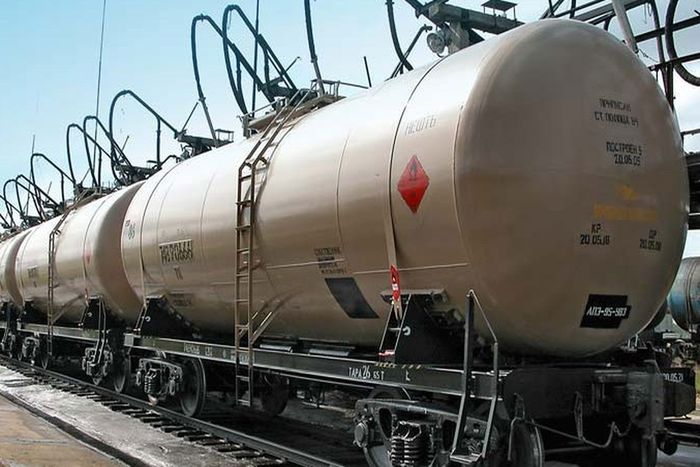
RAIL TANK CARS
There are 73 types of rail tank cars used in the countries of the former Soviet Union for
the transportation of oil product and each type of rail tank cars has its unique calibration
table.
But this is a real nightmare to calculate manually volumes of the product in each rail car
before and after loading or discharge.
Moreover, nowadays more and more customers request an interpolation of volumes with an
accuracy corresponding to 1 mm of the product level in the rail tank car.
And on the top of that some locations and terminals still use different GOST standards
for calculation of the quantity.
What to do in this case and how it will correlate with ASTM calculations?
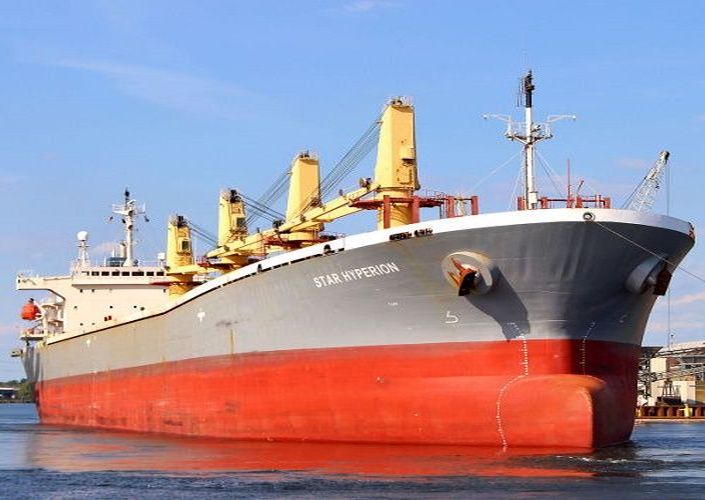
Draught survey
Some dry cargo terminals use the easiest approach in determination of Bill of
lading quanities loaded
on board dry cargo vessels.
They just establish ship's Bill of lading quantities on basis of railway bills.
But this works for bulk cargos pretty well only if you load the cargo straight from the
rail cars into the ship's holds.
But what to do, if you accumulate your ship's lot ashore in stockpiles when some stockpiles
can be loaded into ship's holds only partially and nobody knows exactly how much from each
stockpile was loaded into ship's holds?
Which method should you use then?
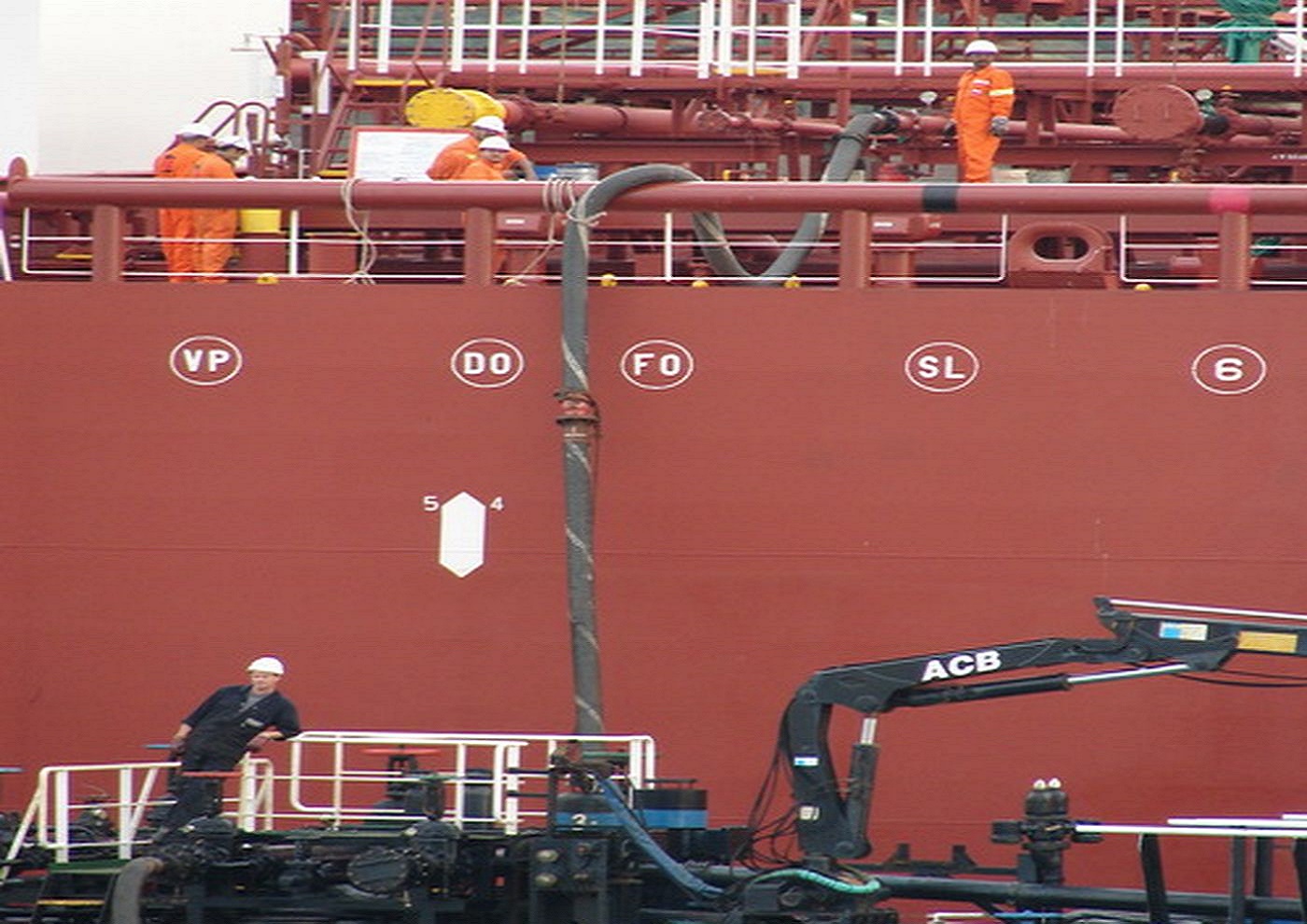
Bunker survey
Sometimes you need to calculate the quantity of bunker not only in ship's bunker tanks,
but in shore tanks as well or in
the tanks of the bunker barge and in the ship's tanks.
In addition it is so tiresome to type typical quality parameters in certificates of quality
for the bunker or typical names of cargo operations in timesheet.
Or sometimes you need to calculate bunker quantity in US customary units, so you need to
convert densities from the bunker quality certificate given to you by the ship's Chief
Engineer into API gravity or vise versa:
for example, to convert API gravity into
the density for metric calculations.
There is a solution to make your life easier in such cases.
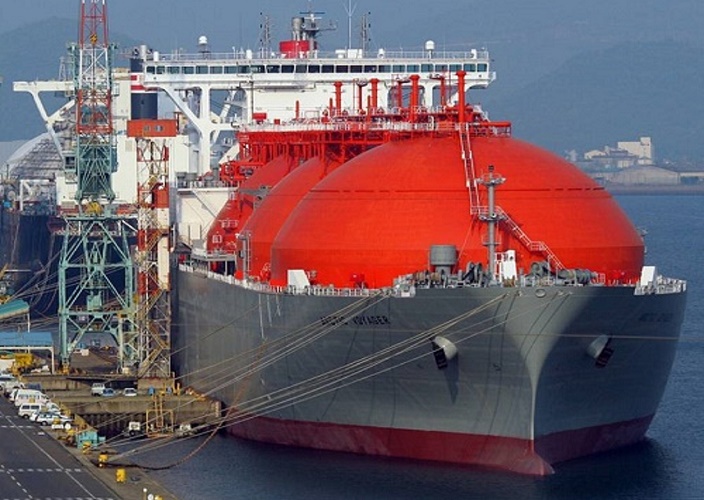
LNG QUANTITY
As you may know, the most popular method for the determination of the
density of LNG is the Revised Klosek - Mc Kinley method, but this method
has its limitations on composition and temperature, such as follows:
CH4 > 60% mol.
iC4 + nC4 < 4% mol.
N2 < 4% mol.
Temperature < 115 K.
Moreover, the Revised Klosek - Mc Kinley method is only applicaple for the saturated pressure of LNG.
But what to do, if an actual pressure of LNG exceeds its saturated pressure?
And what to do in case the composition happened to be beyond beyond such limits?
There are solutions for both cases!..
Welcome to our website about oil, LPG, ethylene,
propylene, LNG, chemicals & dry cargo software
All your wishes regarding automation of calculation of quantities of oil, chemicals, LPG, ethylene, propylene, LNG and dry
cargoes will be fulfilled on our main website
http://surveycalc.com dedicated to various software solutions
for oil, LPG, ethylene, propylene, LNG, chemicals and dry cargoes.
Your feedback about our software and its prices is highly appreciated.